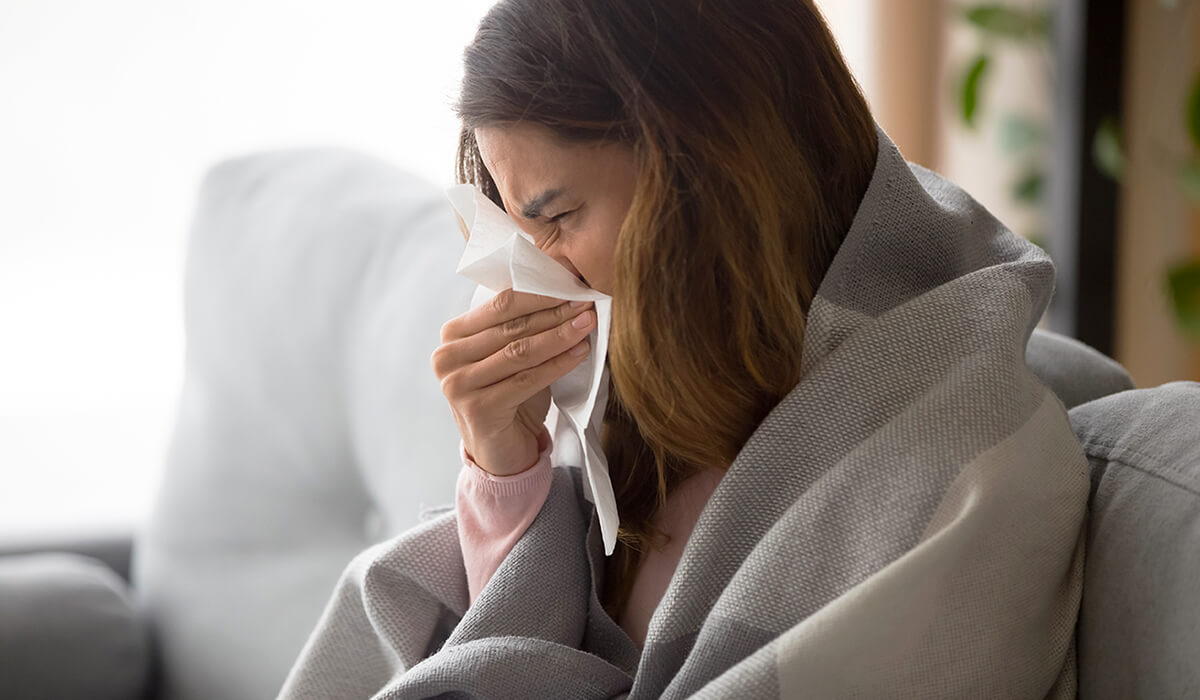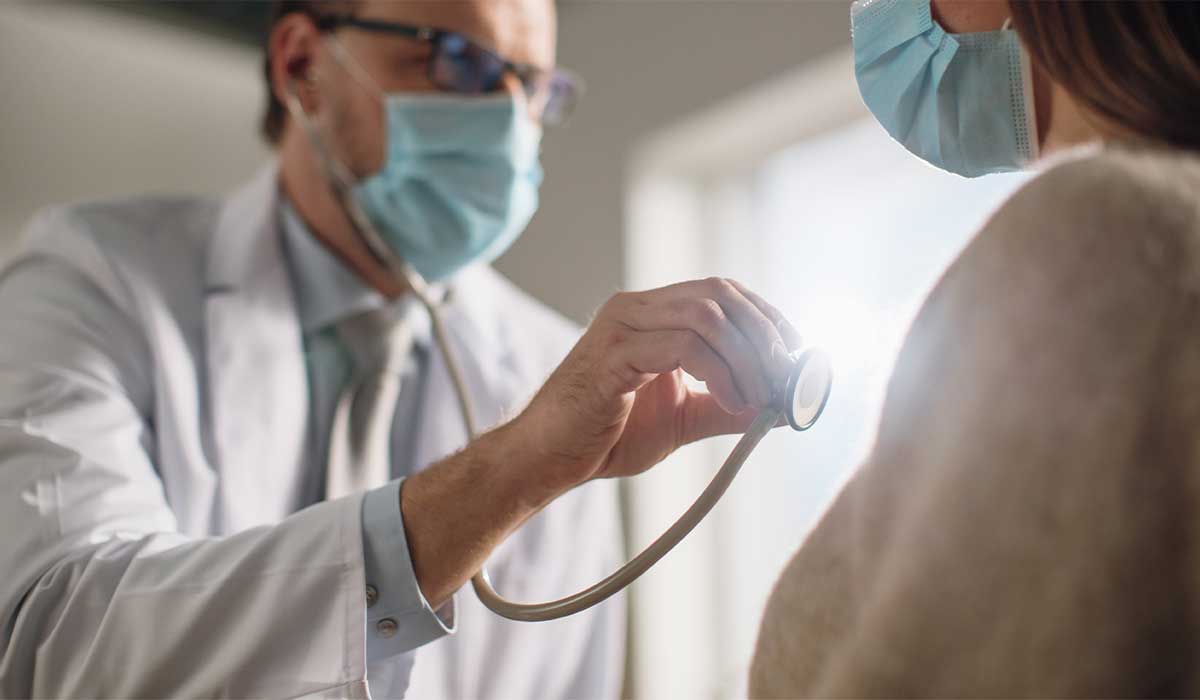COPD (Chronic Obstructive Pulmonary Disease) is a serious disease and according to the National Heart, Lung and Blood Institute, more than 12 million people are currently diagnosed with COPD. Left untreated, COPD can cause serious, lifelong disability and is the third leading cause of death in the United States.

If you've been given a diagnosis of COPD do not be discouraged. There are treatments that are successful at treating symptoms and minimizing further damage.You can life a happy, healthy life with COPD if you work closely with your doctor to manage your symptoms. Let's learn more about how you can manage your COPD.
Common symptoms of COPD
COPD is a set of lung diseases caused by damage done over many years, often from smoking. This damage blocks the airways that carry air into and out of your lungs which makes it hard to breathe. People with COPD often find common every day tasks difficult to do because of breathlessness. Common symptoms of COPD include:
- Constant coughing, sometimes called "smoker's cough"
- Shortness of breath while doing activities you can normally do
- Excess mucus production
- Feeling like you can't breathe
- Not being able to take a deep breath
- Wheezing
Learn more about COPD>>
Living with COPD
There is no cure for COPD. However, there are things you can do to improve your lifestyle:

Nutrition: A healthy diet is important for all of us. For those with COPD it can take on greater importance because excess weight makes it even harder to breathe. Focus on a diet rich in fruits, vegetables and whole grains. You may also notice that it is hard to eat on some days. Slow down so that you have time to breathe between bites. Sometimes more frequent but smaller meals can be easier to handle.
Exercise: Regular physical activity makes your heart and lungs work better together which in turn can make it easier for you to breathe. Talk to your doctor about the appropriate activity level for your needs.
Breathing Techniques: Talk to your doctor about simple breathing techniques you can do at home. Pursed-lip breathing or a controlled coughing can help your lungs get the air you need without working so hard that you feel breathless.
Respiratory Therapy: Respiratory therapy includes prevention, assessment, treatment, management, control, diagnostic evaluation, education and care. Our respiratory therapists work together with your doctor to give you a personalized program of rehabilitation and education.
COPD can be a stressful disease and understandably so. Not being able to breathe easily can make people panic. Look for ways to reduce stress in your life. Relaxation techniques can be particularly helpful when you feel a breathing attack coming on. And don't be afraid to share information about your disease and common symptoms with your family and friends. An emotional support group can be a great relief when you are struggling.
Remember, taking the time to manage your symptoms and lead a healthy lifestyle can help you deal with COPD and enjoy our life.



